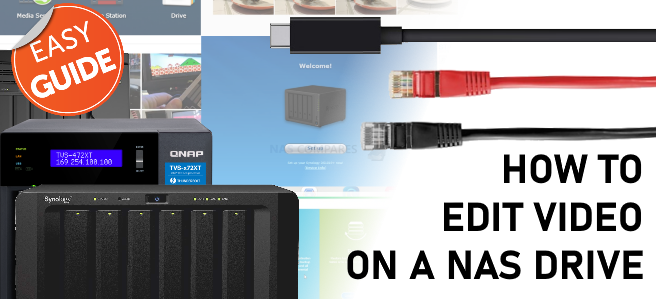

- #Mac for 1080 video editing 1080p
- #Mac for 1080 video editing pro
- #Mac for 1080 video editing software
This involves running the editing software on a server in the data center that is directly connected to the array containing the 4K footage, and remoting into that server. For applications that require remote access to the original high-quality 4K content, I would suggest some form of remoting as an alternative. Unfortunately, network drives that support the bandwidth low-compression and RAW 4K requires don't come cheap and typically require some degree of IT and networking experience to configure. Therefore, other hardware, especially high-resolution displays in use simultaneously, may cut down on the actual bandwidth available to the RAID.Īnother option is network storage.
#Mac for 1080 video editing pro
It is important to note that although the Mac Pro has six Thunderbolt ports, the motherboard only supplies three 20Gbit/s channels. With at least RAID 5, and the maximum of 20Gbit/s transfer rate that Thunderbolt 2 makes possible, you should be set editing 4K under most circumstances. And no matter what you do, you should always have at least two backup copies, and keep at least one of those off-site! Although SSD RAIDs are starting to make an appearance, the majority still use spinning-disk hard drives. In this case, you will have to weigh performance against redundancy. As with many things, deciding between RAID levels is a tradeoff. With RAID 5, you can have one drive go down without losing data (as long as you catch the failure before another drive fails) and it provides performance not that much worse than RAID 0, the fastest configuration.

The other advantage of a RAID, again depending on how it's configured, is that it can provide redundancy in the likely―hard drives being what they are―event that one or some of the drives in the array fail. Not only does this give you more space, it can, depending on how the RAID is configured, give you much better performance than a single drive. A RAID combines multiple drives into a single, logical volume. The best way to get both is with a Thunderbolt 2 RAID system. The internal PCIe-based SSDs the Mac Pro features might well be fast enough, but they will only hold about a minute of footage.įor storing 4K video of more than a trivial duration, you'll need both speed and capacity. So just what does it take to suitably trick out a Mac Pro? Mass Storage You’ll need a fast external RAID for video storage, to start. For the sake of this article, we will assume a professional 4K codec, and in the worst case a RAW format such as Adobe's CinemaDNG. For example, a netbook might even be able to handle H.264, or similarly compressed for 4K, if not handle it well. We know the 'new' ―technically the Late 2013 Mac Pro―can be connected to up to three 4K monitors, but can it be used for actual 4K editing? Can any computer outside of LucasArts, for that matter? Ultimately, the ability to edit something has more to do with what codec the video is in than the fact it's 4K.
#Mac for 1080 video editing 1080p
As well as extended handling to video shot at 1080p and 60. Is the obvious choice for the best Mac video editing. CyberLink PowerDirector 16 is the best video editing software for Windows.


 0 kommentar(er)
0 kommentar(er)
